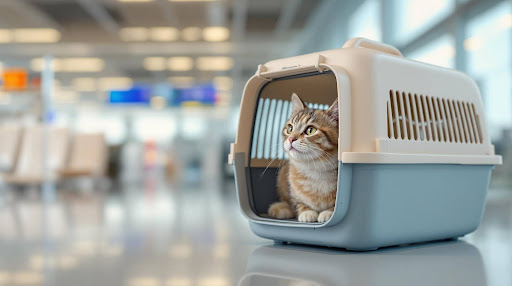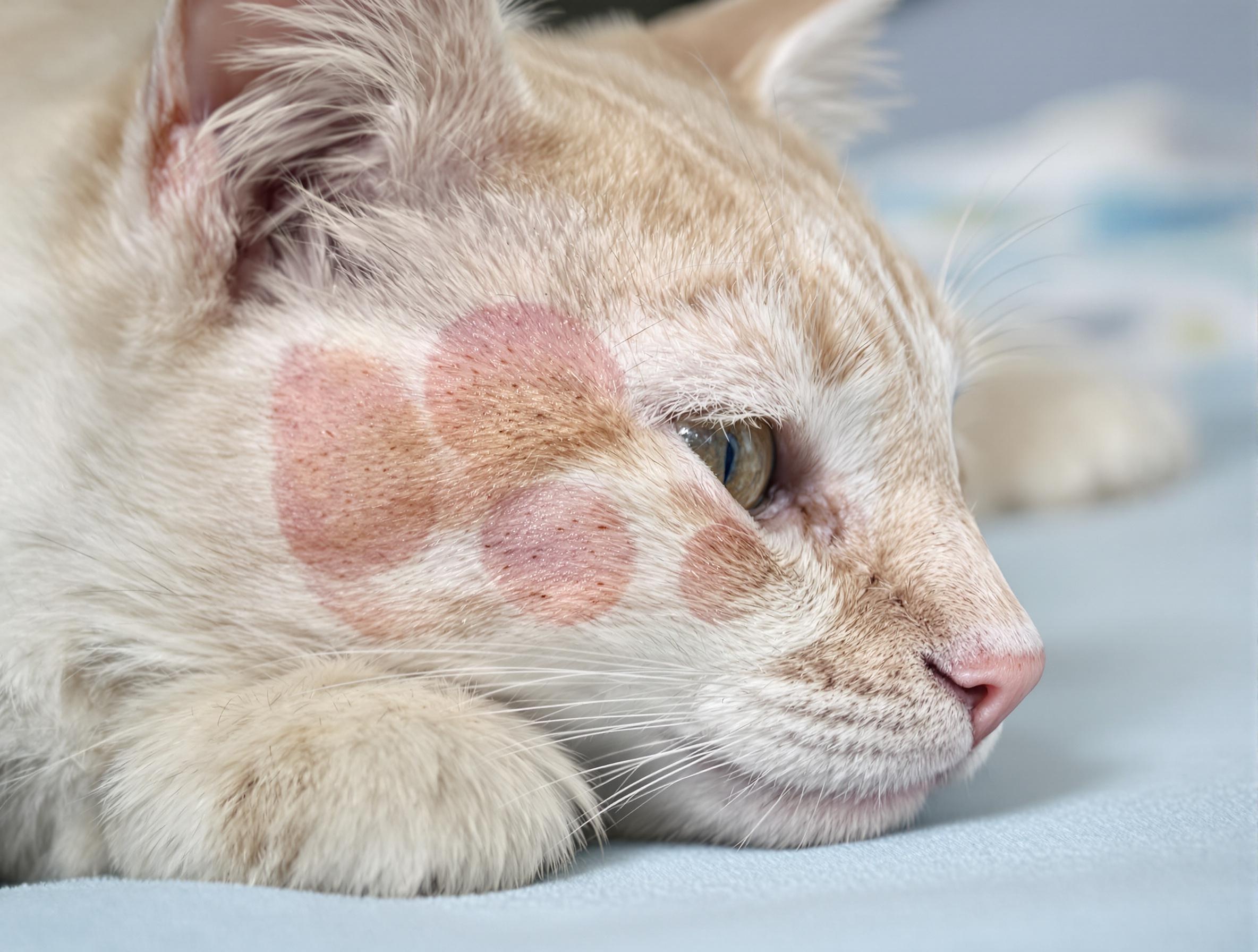Crying Cat? What Your Cat’s Meows Might Mean

Key Takeaways
- Noticing changes in a cat’s vocal behavior can help spot possible health problems, especially when paired with other signs.
- Frequent or unusual crying might point to stress, anxiety, pain, or medical issues that a veterinarian should check.
- Setting up steady routines, creating a stimulating environment, and reducing stress can greatly cut down on excessive meowing.
Why Is My Cat Crying So Much?
Cats that meow a lot can pull at your heartstrings and make you worry something’s wrong. While some meowing is normal, frequent or urgent cries might suggest deeper emotional or physical issues. Adult cats mostly meow to talk to humans, not other cats, so these sounds are a big part of how they share their needs, feelings, or discomfort. By paying attention to how often, how loudly, or when a cat cries, owners can better understand what their furry friend is trying to say.
If crying gets more intense, happens more often, or shows up at odd times, it could mean hunger, stress, anxiety, or physical discomfort. That said, while some meowing is expected, sudden changes—like a quiet cat getting chatty or a talkative cat going silent—need watching.
PetHealthMD offers helpful tips on understanding cat communication, making it easier to figure out these signals. Still, if you’re worried about a cat’s health or behavior, a veterinarian is the best person to ask to rule out medical problems and act quickly.
Common Reasons Cats Cry
Changes in a cat’s meowing can come from many reasons, from simple needs like food or water to feelings like loneliness, anxiety, or boredom. Each sound means something, and figuring out these clues is important for meeting a cat’s needs and growing closer to them.
Cats use meows to connect with people more than with other cats, where they rely on body language or smells. A quick, soft meow might be a hello, while a long, loud cry could mean they want food, attention, or relief from discomfort.
Big life changes can also make a cat meow more. Things like a new person in the house, moving to a new place, or even small shifts like moving furniture can stress a cat out, leading to more vocalizing. To help with this, keeping a steady daily routine is important. Feeding and playing at the same time each day can make a cat feel safe. Adding cozy spots—like a soft bed in a quiet corner or a perch by a window for watching birds—can also calm them down. If these don’t help, a trip to the vet can check for health problems.
Lastly, pain or discomfort often causes more crying, especially if it comes with other changes. For example, a cat meowing sadly while using the litter box might have a urinary issue, or one crying during meals could have sore teeth. Other signs to watch for include eating less, acting tired, or not jumping onto favorite spots. Cats are great at hiding when they’re sick, so any new or strong meowing should be taken seriously. Regular vet visits can help catch health issues early, keeping your cat healthy and comfortable.
How to Calm a Crying Cat
Helping a cat feel calm and safe when they’re meowing a lot starts with steady, kind actions and a space that fits their needs. By trying a few specific ideas, you can tackle why a cat is crying and make your home quieter and happier for your pet.
- Speak softly and look at them gently: Using quiet, warm tones and blinking slowly—a cat’s way of showing trust—can comfort a cat, letting them know they’re safe and loved.
- Feed at set times: Regular mealtimes bring comfort and stop anxiety-driven meows. High-quality cat foods from 1800PetMeds’ Cat Food category can help your cat stay healthy and satisfied.
- Make high-up, safe spots: Cats love watching things from high places. Adding cat trees, shelves, or scratching posts lets them sit comfortably and relax.
- Offer quiet hideaways: A soft blanket in a calm area, like a corner of a closet or under a bed, gives a cat a place to rest away from noise or busyness.
- Plan playtime every day: Playing with a cat twice a day—using toys like feather sticks or balls—burns energy, fights boredom, and keeps them from getting restless at night.
- Use calming products: Items like pheromone diffusers or natural remedies from 1800PetMeds’ Cat Anxiety & Calming Aids can ease stress and help a cat relax. Check with your vet before trying new products.
- Pet them gently: Soft strokes on a cat’s back, shoulders, or cheeks can calm them down and strengthen your bond.
How to Stop Nighttime Cat Crying
Cats are naturally more active at dawn and dusk, which can lead to noisy nights. If meowing happens every night, it might be from extra energy, hunger, boredom, or habits like crying because they got attention for it before. Handling nighttime meows means working with a cat’s instincts while helping everyone sleep better.
A set bedtime routine can cut down on nighttime crying. Start with 15–20 minutes of active play with toys that feel like prey to tire a cat out. Then, give a small, healthy meal about an hour before bed to keep them full and mark the end of the day. Set up a cozy, quiet sleeping spot—maybe a familiar bed or blanket in a calm area—to encourage rest. For older cats, who might get confused or anxious at night, a soft night light can help them feel secure.
If nighttime meows keep up, check if the cat’s daily needs—like play, attention, or access to water and litter boxes—are being met. A vet visit can also look for things like age-related issues or discomfort that might make a cat restless.

When Cat Meowing Signals a Health Problem
Unusual or extra meowing can sometimes mean a health problem, especially if it’s different from a cat’s normal behavior. Spotting warning signs early can lead to faster help, making things better for your cat.
What Changes in Meowing Should You Notice?
Meowing that happens more often, shows up at strange times, or sounds different in tone, loudness, or urgency needs attention. Writing down when and why a cat meows can help a vet figure things out.
Which Symptoms Need a Vet Right Away?
Meowing with serious signs—like trouble breathing, vomiting, or clear discomfort—means you should get to a vet fast.
Common Health Conditions That Cause Excessive Meowing
Issues like an overactive thyroid, tooth pain, arthritis, or urinary infections can make a cat meow more. In older cats, crying might come with weight loss, thirst, or changes in appetite, pointing to kidney issues or diabetes.
Behavior Changes Linked to Excessive Meowing
- Hiding in odd spots
- Eating or drinking less (or much more)
- Straining in the litter box
- Avoiding play or social time
- Acting aggressive or withdrawn
If you notice these signs, talk to your vet and consider exploring Cat Medications to support your cat’s treatment plan.
Creating a Happier and Quieter Home for Your Cat
Watching your cat’s meow patterns helps you understand their needs and emotions. Keeping a steady routine—feeding, playing, and resting at regular times—creates a sense of safety. Enriching their environment with toys, perches, and scratching posts can reduce stress and cut down on attention-seeking cries.
Regular vet visits, combined with observing behavior at home, help catch issues early and maintain your cat’s well-being. By giving your cat a calm, stimulating, and caring home, you can help reduce stress-related meowing and build a peaceful, loving bond.





